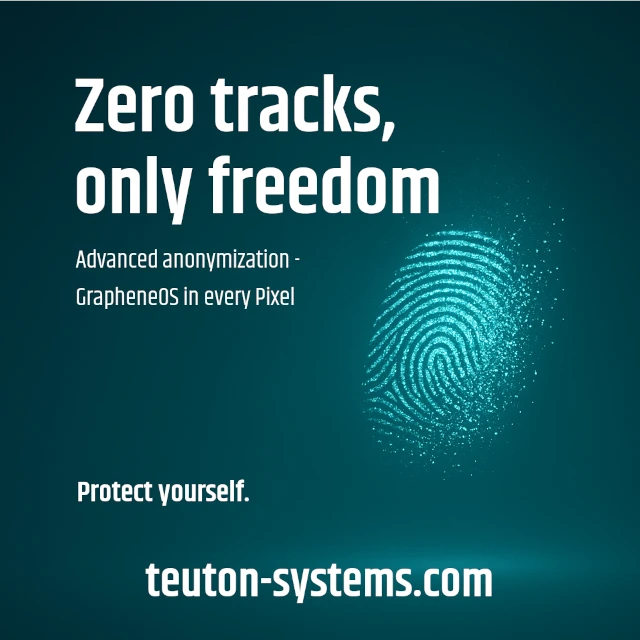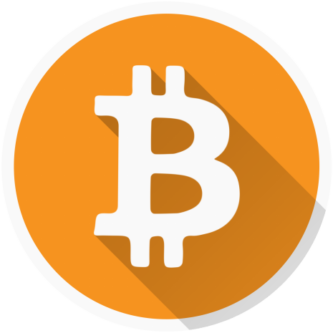ᛈ – Perthro -is the rune denoting the p-sound – IPA [p] – in the Elder Futhark rune row.
The rune is called peorð in the Anglo-Saxon rune-poem and its Gothic name, according to the Salzburg script, is pertra, a word whose meaning cannot be explained from Germanic word material.
Its meaning is more likely to relate in some way to the Greek and Latin word for rock or stone, petra, according to professor Sigurd Agrell.
This article is part of our exclusive series on the origins and secrets of the Nordic runes in the Elder Futhark and the merits of the intriguing Uthark theory proposed by the Swedish philologist Sigurd Agrell, professor at Lund University, Sweden.
The Uthark is a secret cipher, based on positioning the Fehu rune at the end of the rune row, like an ace in a deck of cards, revealing esoteric philosophy reaching deep into the heart of Norse culture and religious beliefs.
Meaning and interpretation
Petra genetrix, the birthing rock, or the goddess born out of the rock, was the name of the goddess of the Earth in the Mithraic cult in the Roman Empire. This rock refers primarily to Mother Earth, from which life is born, but also to the womb of the night sky, from which the gods are born. The birth aspect of the word is also believed to be reflected in some degree in the English word “birth”.

The Roman historian Tacitus notes that the Earth Mother was a main object of worship for several Germanic tribes, such as the goddess Nerthus, who was worshipped in what today is Danish territory. A 3 metre high female deity statue has also been found here. The ancient Swedish cult site of Gödåker in Tensta in Uppland is also believed to have been a similar counterpart, given that the name Gödåker means “the field of the goddess” and offerings that have been found in a spring there, dedicated to a female god.
According to the Uthark hypothesis, as noted by the Swedish rune researcher Magnus Stenlund, Perthro and Eihwaz correspond to the queen and king on a chessboard as the Earth Mother and Sky Father figures in ancient Norse religion. The conception of these two deities are believed to be very old, predating the more recent figures of Odin and Frigg by a long time, suggested by city names in Scandinavia.
In the mythical world of the Viking Age, the memory of a mother goddess also survives in various names and guises: as the goddess of love in Freya, as a faded Nerthus in Njord’s sister and consort of the same name, Njärd; and as the giver of all good gifts in Gefion.
Symbolism and magical use
The Perthro rune is shrouded in mystery in modern runic research, as it has only been found on a few artefacts and was apparently used very sparingly even in the Viking Age and seems to go very far into the past. The actual appearance of the Perthro rune, or the rune believed to have denoted the p-sound, is also disputed as it seems to have been replaced by the b-rune – Bjarka – already far back in time.
On the Kylver Stone, the Perthro rune appears before Eihwaz, the rune of the Sky Father, as the twelfth rune according to the Uthark.

On the few bracteates where it has been found, it is placed as the thirteenth rune according to the Uthark, after Eihwaz. This has confused many rune researchers, but there is also a numerological logic in both of these placements that suggests that its actual esoteric-magical number is twelve – and that this refers to the number of the Earth goddess and her magical powers, something that is also echoed in the Persian Mithraic numerology. In the Eddic poems, twelve seems to be implied to have the power to draw the soul of a hanged person down to Earth in order to talk to him. As seen on the gematria on many artifacts the number 13 along with 24, 9 and 7 is one of the most significant. Possibly the exact placement regarding the king and queen was not intended to be set in stone by the original design of the rune row.
Perthro is one of two runes associated with female divinity, the other one being Berkano. Interestingly they are interchanged on the Vadstena brakteate.
Furthermore the keen eye will notice that if you fold in the “legs” of Perthro you get a Berkana rune, as seen below:
ᛈ — ᛒ
Perhaps this is because Perthro is the rune of Birth and Berkano is the rune of fertility and pregnancy, one symbolizing a womb, the other the belly of a pregnant woman from the side. (Snake Witch Stone below)


Apart from the three artifacts above Perthro and Eihwaz are found adjacent to each other on two other artifacts namely the Grumpan Bracteate and the Charnay Fibula. (In a different shape).
In both of them Eihwaz preceeds Perthro. Why the difference on the Kylver Stone? Agrell argues the switch is magical in nature an thus giving Eihwaz the most prominent place of thirteen in the visible Futhark shown on all the other artifacts save for the Kylver stone which we will cover in depth at the end of this series.

Divination
Much is hidden and unknowable. Perthro represents the void from which all things manifest, itself carrying the unmanifest, the unknowable in the sense that it is yet to exist and being born. The rune corresponds to the well of Urd, representing both the womb from which we came and the grave to which we will return – hidden in the mountains and the rocks.
The basics of rune divination
According to Norse belief, the runes represent aspects of the web of destiny, called the web of Urd (Wyrd). This web is intimately connected to time and the three Norns; Urd, Verdandi and Skuld. The Norns are weaving the threads of the web and represent what was, what is and what is to come.
Tacitus, among others, noted that rune divination was a widespread practice among the Norse. One of the most basic forms of such divination is to pray and draw three runes on twigs or cards which will signify the three Norns. By reading the web of Urd one may understand the present of Verdandi as well as the past, and also lift the veil of Skuld and see what lies hidden in the future.
In a divination, Perthro may signify a discovery of hidden treasures. The rune may also refer to the Mother – the maternal nourishing Yin energy and the feminine aspect of existence. Thus, turned the wrong way round, it can also refer to the fact that this corresponding energy of the subject of the divination is in some form of imbalance.
Discover the following rune – Eihwaz – the rune of the Sky Father
The Nordic Times


















